India's Legal Renaissance
Simplifying justice, safety, and accountability for a modern India.
CURRENT AFFAIRS
Kruthik PS
11/25/20243 min read
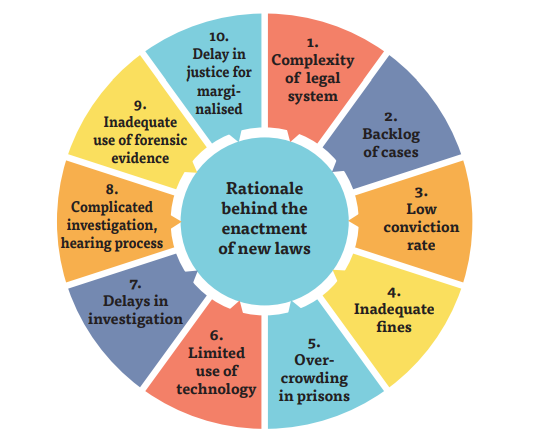

It has been almost 75 years since we adopted our Constitution. On 26th November 1949, celebrated as Samvidhan Divas (Constitution Day), we officially adopted our Constitution. As we celebrate this mammoth occasion, let us revisit the historic change which was passed as a law in August 2023, “Bharathiya Nyaya Sanhita”, “Bharatiya Nagarik Suraksha Sanhita”, “Bharatiya Sakshya Bill”.
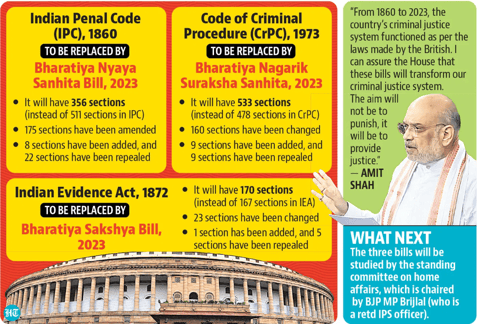

What was the need for this change in the law?
The laws inherited from the colonial era are outdated and confusing. They don't align with modern society's values and norms. The Parliamentary Standing Committee, in its 111th and 128th reports, highlighted the urgent need for criminal law reforms, noting that these laws were imposed without public input and reflected foreign ideologies. Societal shifts, such as the reclassification of attempted suicide as a mental health issue under the Mental Health Care Act of 2017, underscore the imperative need to modernize these laws to align with evolving societal perspectives.
The introduction of new laws is aimed at tackling various issues and inefficiencies in the legal system:
Complexity of the legal framework: Existing laws and procedures were overly complicated, making it challenging for ordinary citizens to understand and follow
Judicial delays due to case backlog: A large number of unresolved cases in courts caused significant delays in delivering justice
Low conviction rates: The current legal structure has struggled to achieve a high rate of convictions, limiting the effectiveness of law enforcement efforts
Slow adoption of modern technology: Limited integration of advanced technologies has reduced efficiency and restricted accessibility
Delays in investigations: Investigative processes often experience significant delays, which hampers the timely collection of crucial evidence and prolongs legal proceedings
Complexity of investigation and hearings: The intricate nature of investigation and hearing procedures can result in inefficiencies and drawn-out legal battles
Underutilization of forensic evidence: Insufficient reliance on forensic evidence affects the precision and reliability of case outcomes
Justice delays for marginalized communities: Disadvantaged groups frequently encounter additional obstacles in accessing justice, leading to inequities and prolonged resolution times
These are the key highlights of these laws are:
Bharathiya Nyaya Sanhita (BNS) introduces transformative changes to the legal framework, building upon the foundation of the IPC:
Offence revisions: New offences have been added, while those struck down by the Supreme Court have been removed
Tougher penalties: The law imposes stricter punishments for serious crimes
Community service inclusion: A modern approach includes community service as a form of punishment
New focus on sovereignty: Offences endangering India’s sovereignty and integrity are now explicitly recognized
Organized crime classification: Forgery, Ponzi schemes, cybercrimes, and similar offences are classified as organized crime, warranting stronger legal action
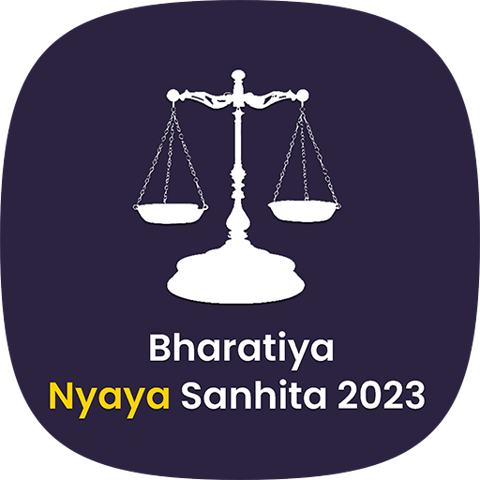

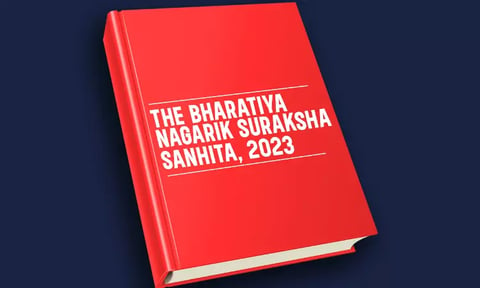

Bharatiya Nagarik Suraksha Sanhita (BNSS) replaces the CrPC and introduces several progressive reforms aimed at modernizing legal procedures:
Technology integration: It mandates the use of technology, including video conferencing, for trials, appeals, and submission recordings at every stage
Electronic evidence recognition: Offences can now be recognized using electronic records such as SMS and emails, improving the efficiency of evidence handling
Mandatory forensic examination: For offences categorized as heinous, with punishments of seven years or more, forensic examinations are now compulsory
Video documentation: Complete video recording of legal proceedings is now mandatory, ensuring accountability
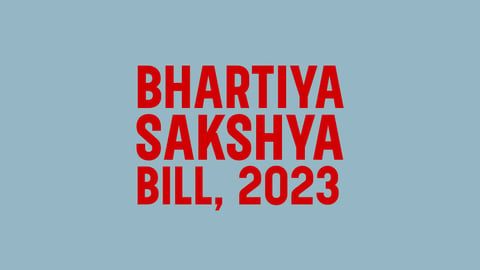

Bharatiya Sakshya Bill (BSB) replaces the IEA and introduces significant updates to modernize India’s legal framework:
Primary evidence classification: By reclassifying electronic records as primary evidence, the law fundamentally changes how such records are perceived and used in legal proceedings
Modernization of legal tools: Acknowledging the growing importance of technology, the law incorporates digital advancements into its framework
Expanded document definition: The term ‘documents’ now covers digital records, including emails, messages, server logs, photos, call recordings, and devices like mobile phones, laptops, websites, and cameras, with provisions for future additions by the government
